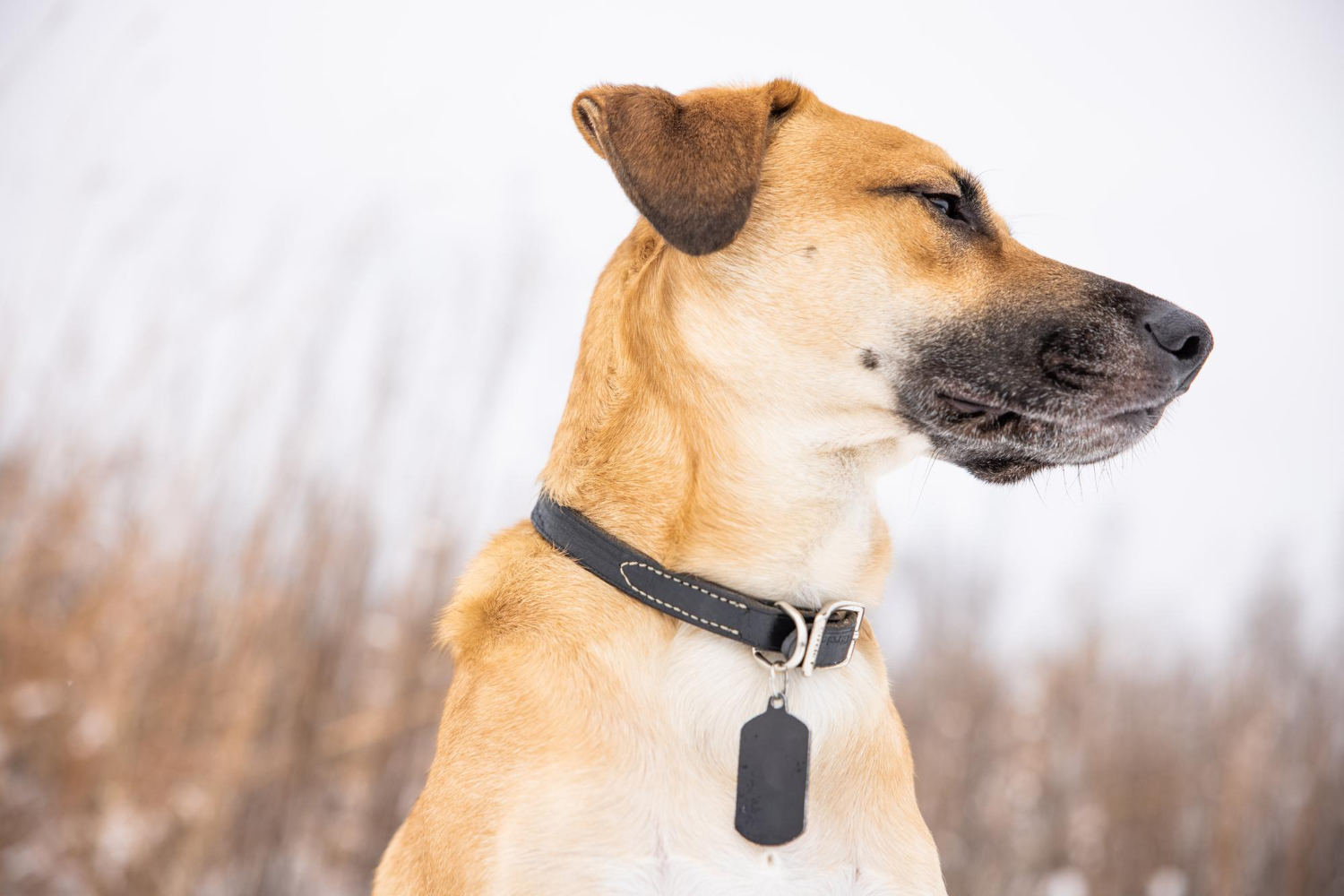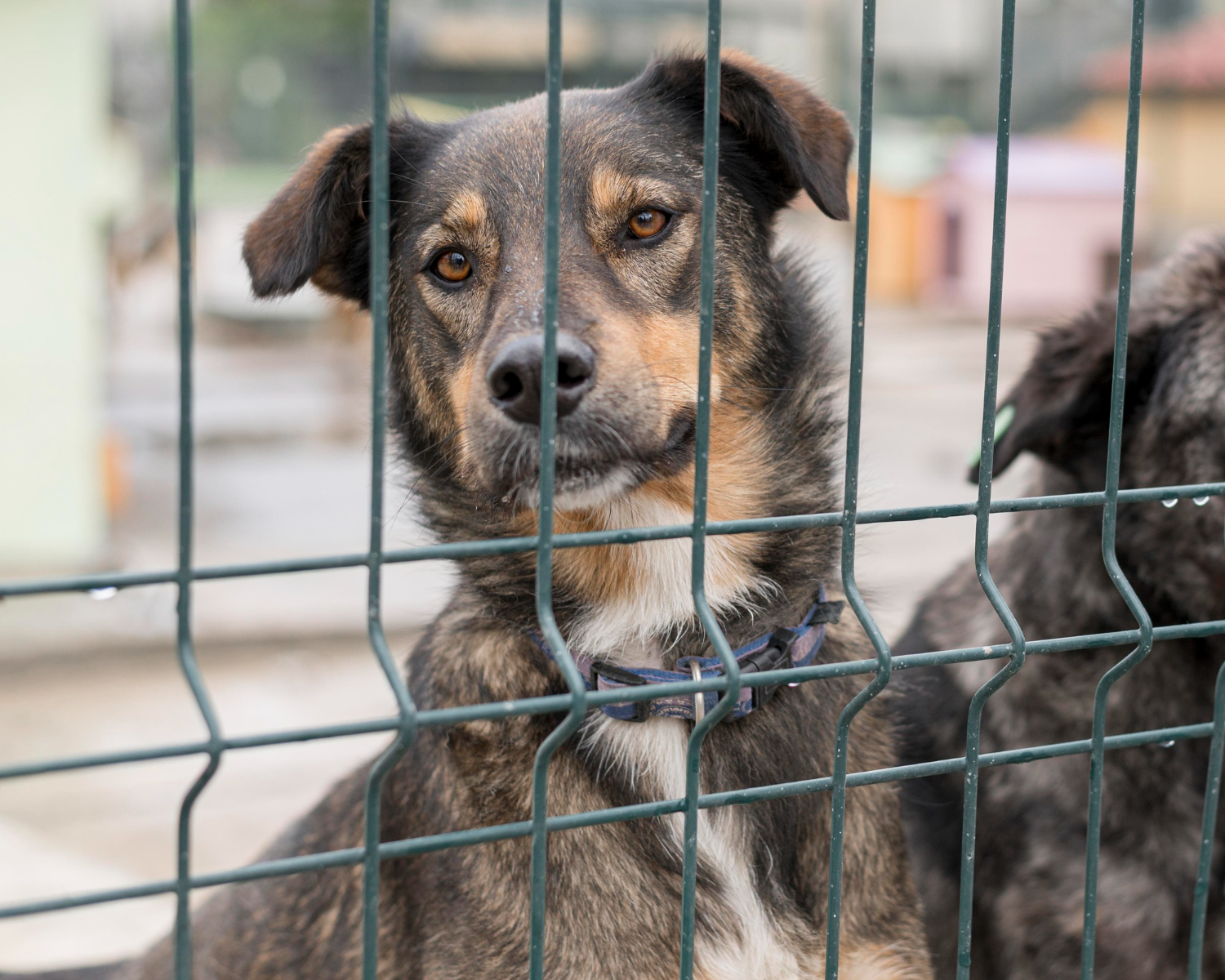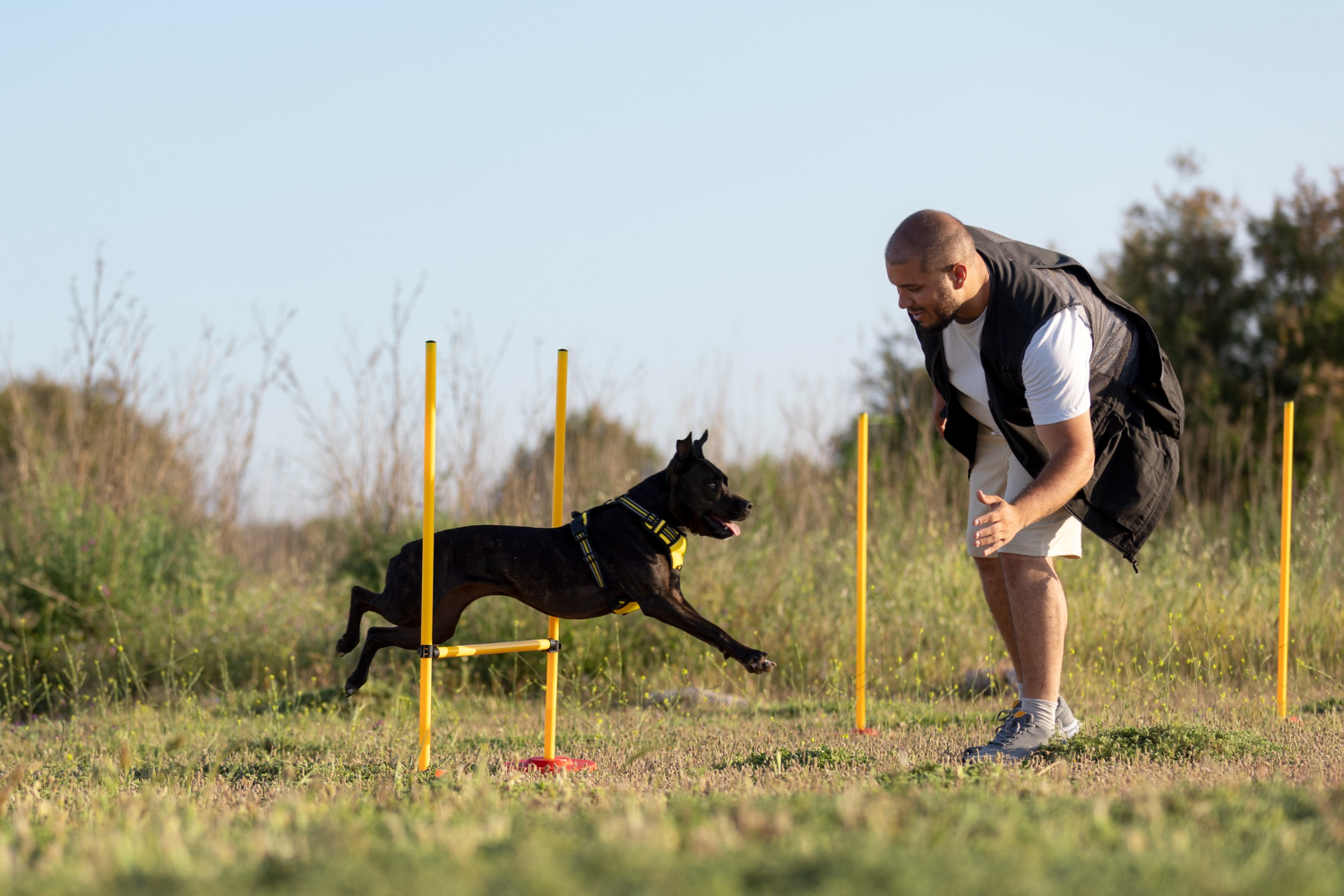Laws about dogs sit at the crossroads of safety, health, and neighborly peace. Cities write rules for leashes and licensing, counties enforce rabies protocols, and states handle cruelty standards and dangerous dog designations. Trouble starts when friendly habits forget the fine print. What follows covers everyday missteps that trigger warnings, citations, or worse, and why those rules exist in the first place. The fixes are simple, the stakes are real, and a calm block is worth the small effort.
Skipping License And Rabies Tag

Licensing links a dog to an address and proof of vaccination, which helps reunite families and keeps rabies at bay. Many cities require a current tag, and fines stack quickly for lapses, especially after an at large pickup or bite report. Shelters often sell low cost licenses and vaccines, and some offer microchips that tie everything together. The habit to keep is a calendar reminder before renewal and a spare tag on a backup collar so the proof travels.
Ignoring Leash And Control Laws

Most jurisdictions require a leash on sidewalks, parks, and trails unless a posted off leash area says otherwise. Voice control sounds confident until a squirrel sprints or a stroller rounds a corner, and that is when citations and liability appear. Leash rules protect wildlife, runners, and little hands that reach without warning. A six foot lead, a well fitted harness, and a simple yield at tight spots solve most conflicts. Confidence is good; control is better.
Not Picking Up Waste Or Using Drains

Failing to pick up after a dog is more than rude. Many municipalities treat it as unlawful dumping because pet waste carries bacteria that wash into creeks. Tossing bagged waste into a storm drain risks a second violation. The low drama fix is easy access to bags, a small clip can on the leash, and disposal in covered trash or park bins. Some neighborhoods fine repeat offenders based on camera footage or reports, which turns a quick mistake into a costly habit.
Allowing Chronic Barking Or Nuisance Acts

Noise ordinances apply to dogs, and repeated barking that crosses quiet hours often triggers formal complaints. Citations and mandated training plans can follow if warnings fail, and landlords may step in long before the city does. Many nuisance laws also cover lunging at fences, chasing bikes, or damaging property. Better routines help: structured exercise, enrichment puzzles, and shaded rest during peak foot traffic. A calm dog makes an easy neighbor, and the code rewards that calm.
Leaving Dogs In Hot Cars Or Illegal Tethering

Animal cruelty statutes often ban confinement in dangerous heat, and many states allow officers or good Samaritans to intervene when a car turns into an oven. Tethering rules also limit hours, collar type, and access to water and shade. Violations can mean fines, seizure, or criminal charges after a bad outcome. Safer choices include errands without pets during warm months and yard time inside a secure run with shade, fresh water, and a break from midday sun.
Unsecured Yards And Dogs At Large

A loose plank, a low latch, or a gate left ajar turns into at large citations and liability for damage or bites. Some cities also require specific fence heights for certain breeds or histories, and unpermitted retaining walls that re route water add civil claims. Regular fence checks, locked gates, and supervised yard time reduce risk. If escapes happen, a quick call to animal control shows responsibility and can soften penalties while neighbors gain trust back.
Misrepresenting A Pet As A Service Animal

Passing a pet as a service dog to enter no pet spaces crosses legal lines and erodes trust for those who rely on trained tasks. Many states levy fines for false claims, and businesses can remove disruptive animals regardless of what a vest says. The ethical route is clear. Pets and emotional support animals follow posted rules, while trained service dogs that perform tasks for a disability have federal access. Honesty protects real teams and keeps doors open.


